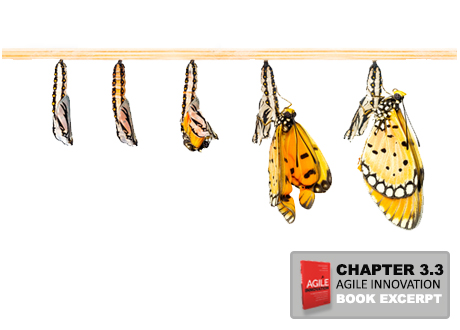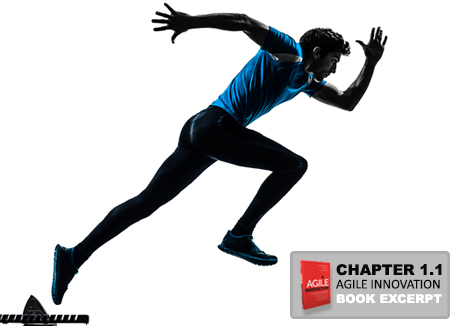The Eight Cs of Transformational Change
Agile Innovation is an execution-based model, not a control-based model. This means that the focus is on what you do (execution) rather than on what you are instructed to do. Hence, this approach requires inner motivation, and it’s not going to thrive in environments characterized by extrinsic, hierarchical, or fear-based motivational schemes. In this final excerpt from Agile Innovation, Langdon Morris discusses approaches necessary to transform organizations to achieve innovation actions and outcomes.












